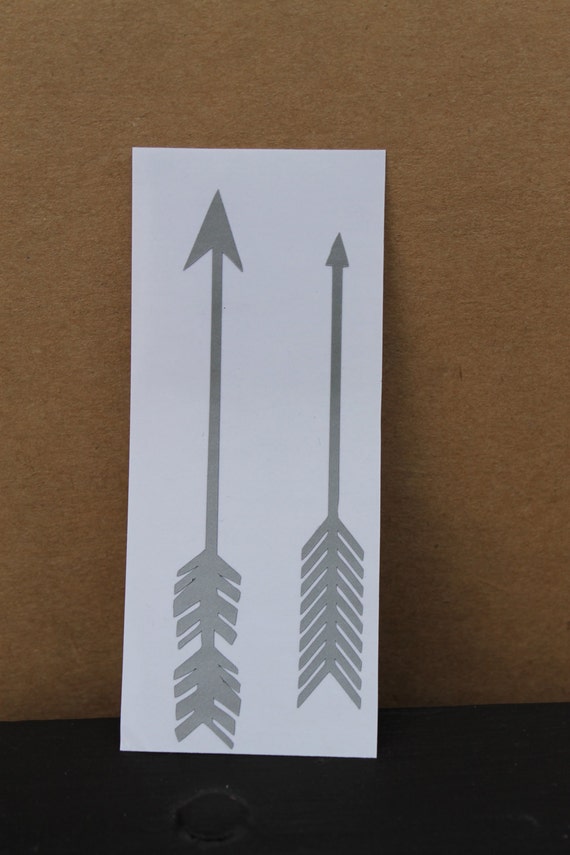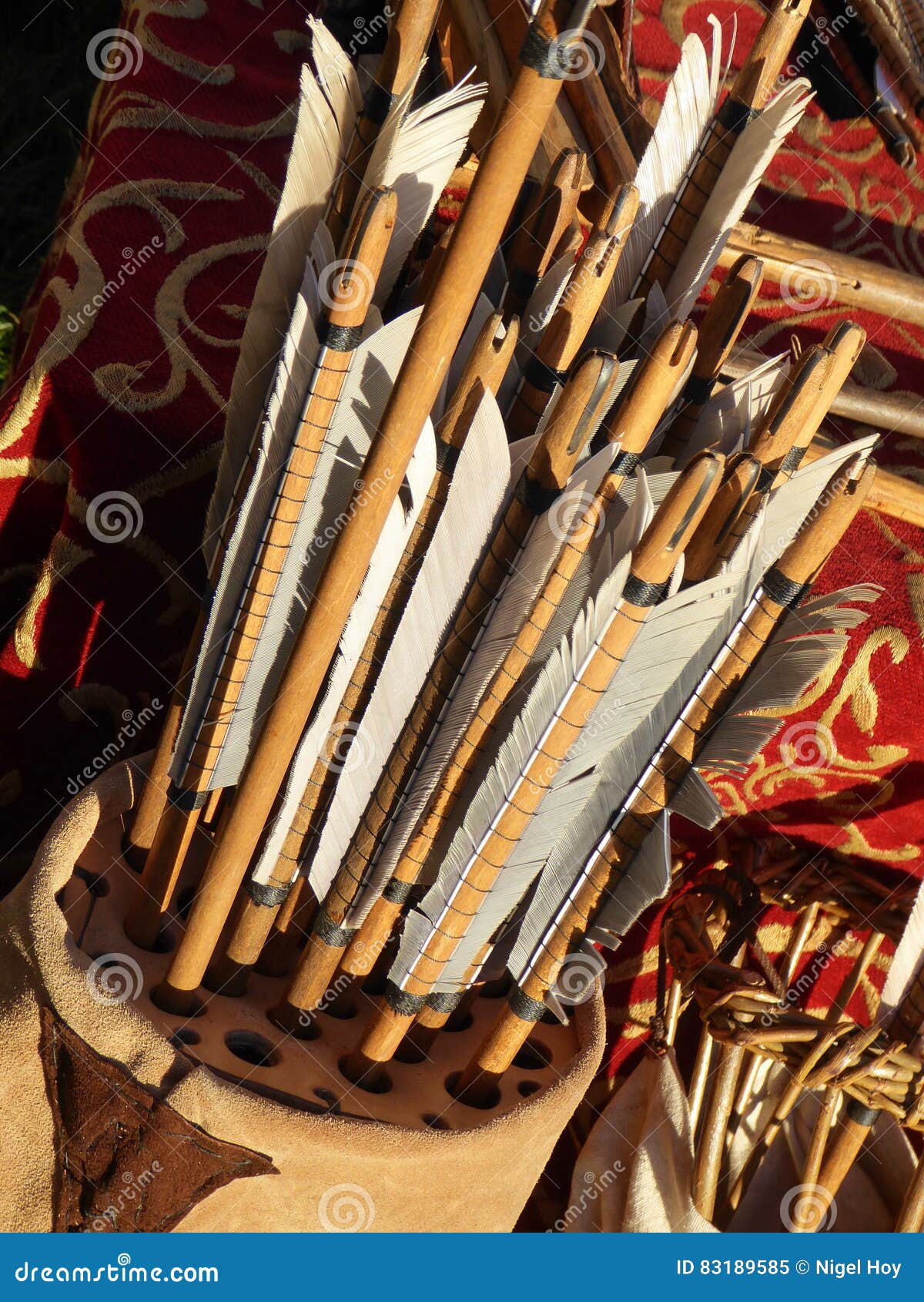

The Yazutsu is a different type, used in Kyudo. Yebira refers to a variety of quiver designs. Some had straps or rope sewn to them for carrying, but many either were tucked into the belt or set on the ground before battle to allow easier access. When not in use, the drawstring could be closed, completely covering the arrows so as to protect them from rain and dirt. They are popular with compound bow hunters as it allows one piece of equipment to be carried in the field without encumbering the hunter's body.Ī style used by medieval English longbowmen and several other cultures, an arrow bag is a simple drawstring cloth sack with a leather spacer at the top to keep the arrows divided.
#ARROWS IN A QUIVER VYNAL FREE#
They can be simply stakes in the ground with a ring at the top to hold the arrows, or more elaborate designs that hold the arrows within reach without the archer having to lean down to draw.Ī modern invention, the bow quiver attaches directly to the bow's limbs and holds the arrows steady with a clip of some kind. Arrows and Quiver (1 - 40 of 1,000+ results) Price () Shipping All Sellers TASQ-SLIM Trusty Arrow Single Quiver 4mm Micro to Standard Diameter Arrows 12.75 15.00 (15 off) FREE shipping Traditional Handmade Back Arrow Quiver - Genuine Leather Quiver for Hunting & Target Practicing, Adjustable Lightweight and Comfortable (17) 27.


Ground quiver Ī ground quiver is used for both target shooting or warfare when the archer is shooting from a fixed location. While popular in cinema and 20th century art for depictions of medieval European characters (such as Robin Hood), this style of quiver was rarely used in medieval Europe. They were also used in Ancient Greece and often feature on sculptural representations of Artemis, goddess of the hunt. This style of quiver was used by native peoples of North America and Africa, and was also commonly depicted in bas-reliefs from ancient Assyria. Arrows can be drawn over the shoulder rapidly by the nock. The Bayeux Tapestry shows that most bowmen in medieval Europe used belt quivers.īack quiver A y-shaped harness for a back quiver features on this bronze statue of Artemis, goddess of the hunt, mid-4th century BC.īack quivers are secured to the archer's back by leather straps, with the nock ends protruding above the dominant hand's shoulder. Some variants enclose almost the entire arrow, while minimalist "pocket quivers" consist of little more than a small stiff pouch that only covers the first few inches. Many variations of this type exist, such as being canted forwards or backwards, and being carried on the dominant hand side, off-hand side, or the small of the back. They are found across many cultures from North America to China. The most common style of quiver is a flat or cylindrical container suspended from the belt. The top left archer was caught unprepared and has hastily thrown his belt quiver about his shoulders, as well as forgetting his helmet.

Norman archers depicted in the Bayeux Tapestry.


 0 kommentar(er)
0 kommentar(er)
